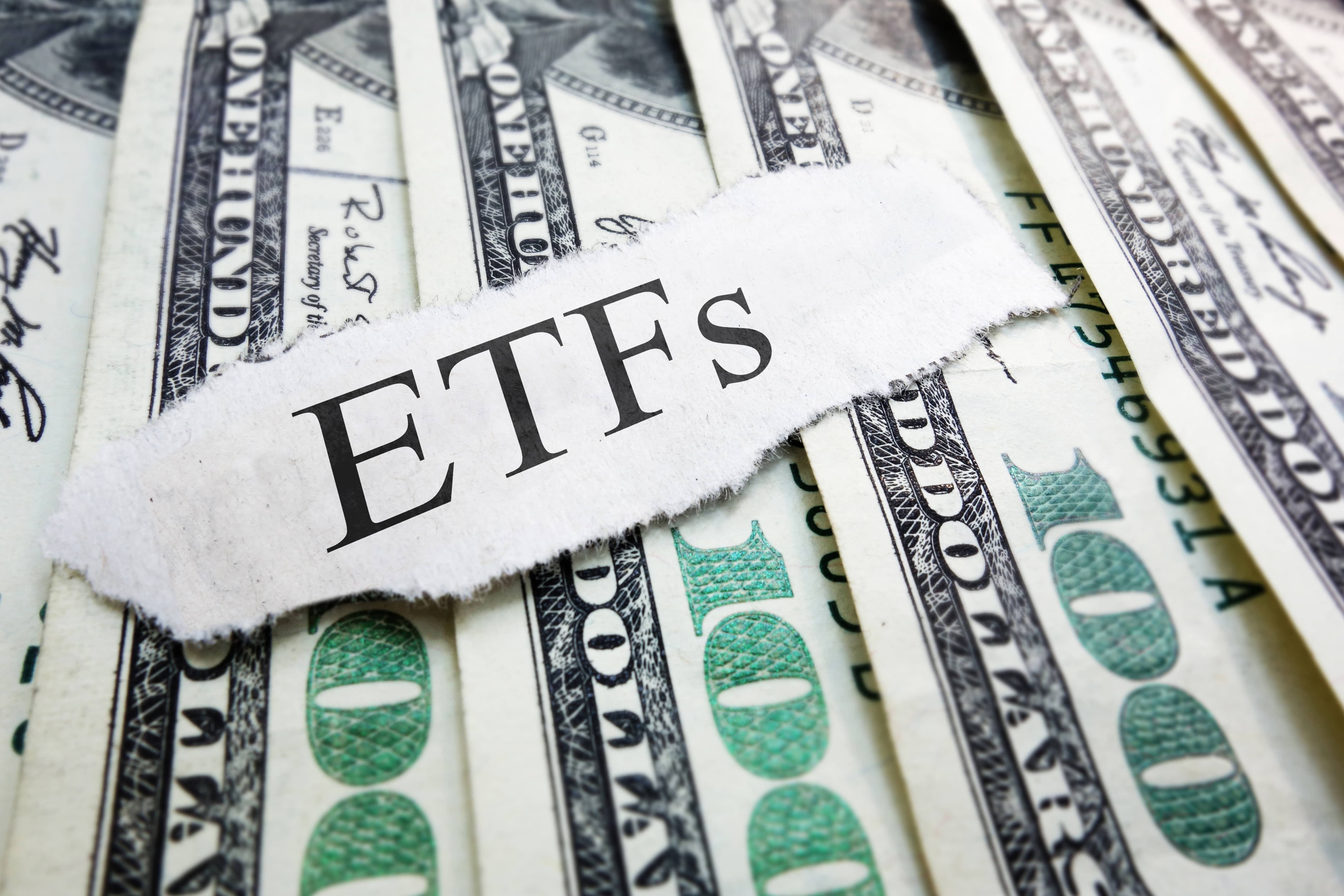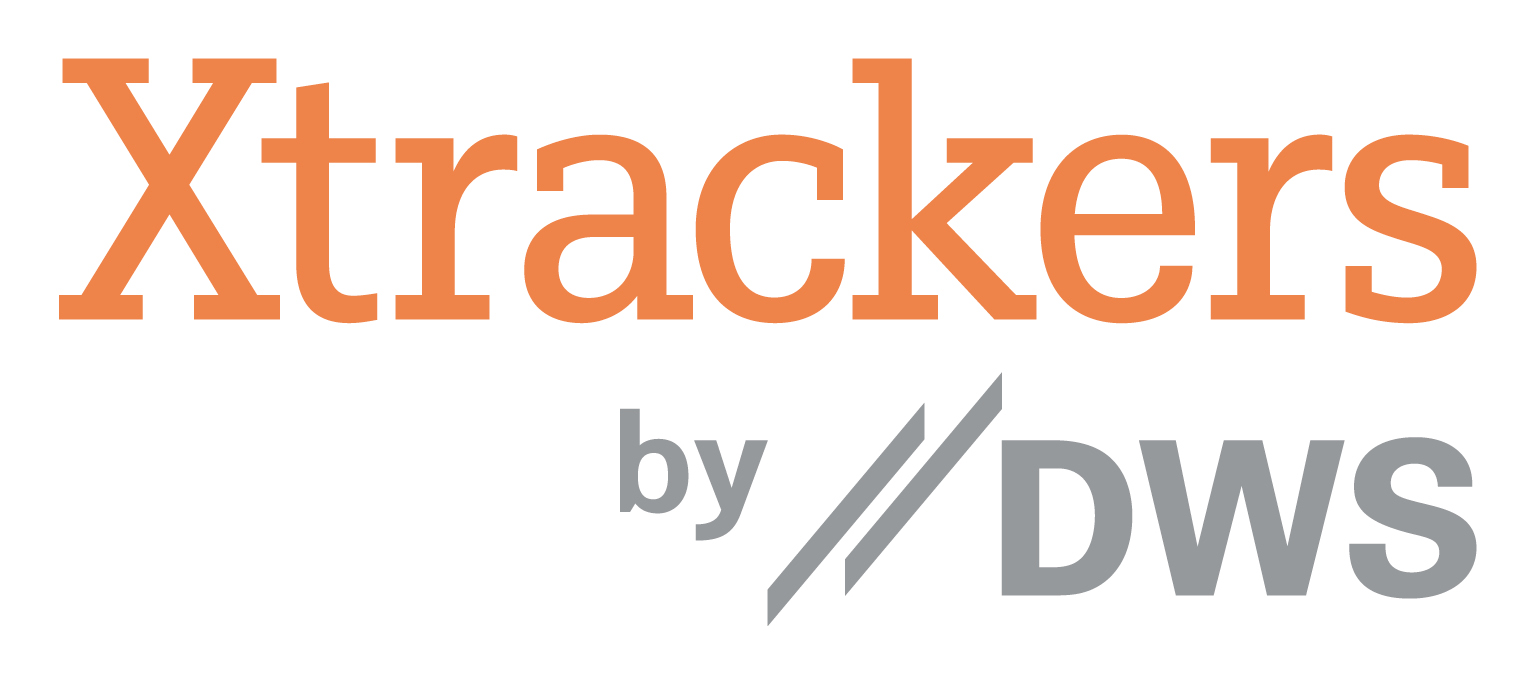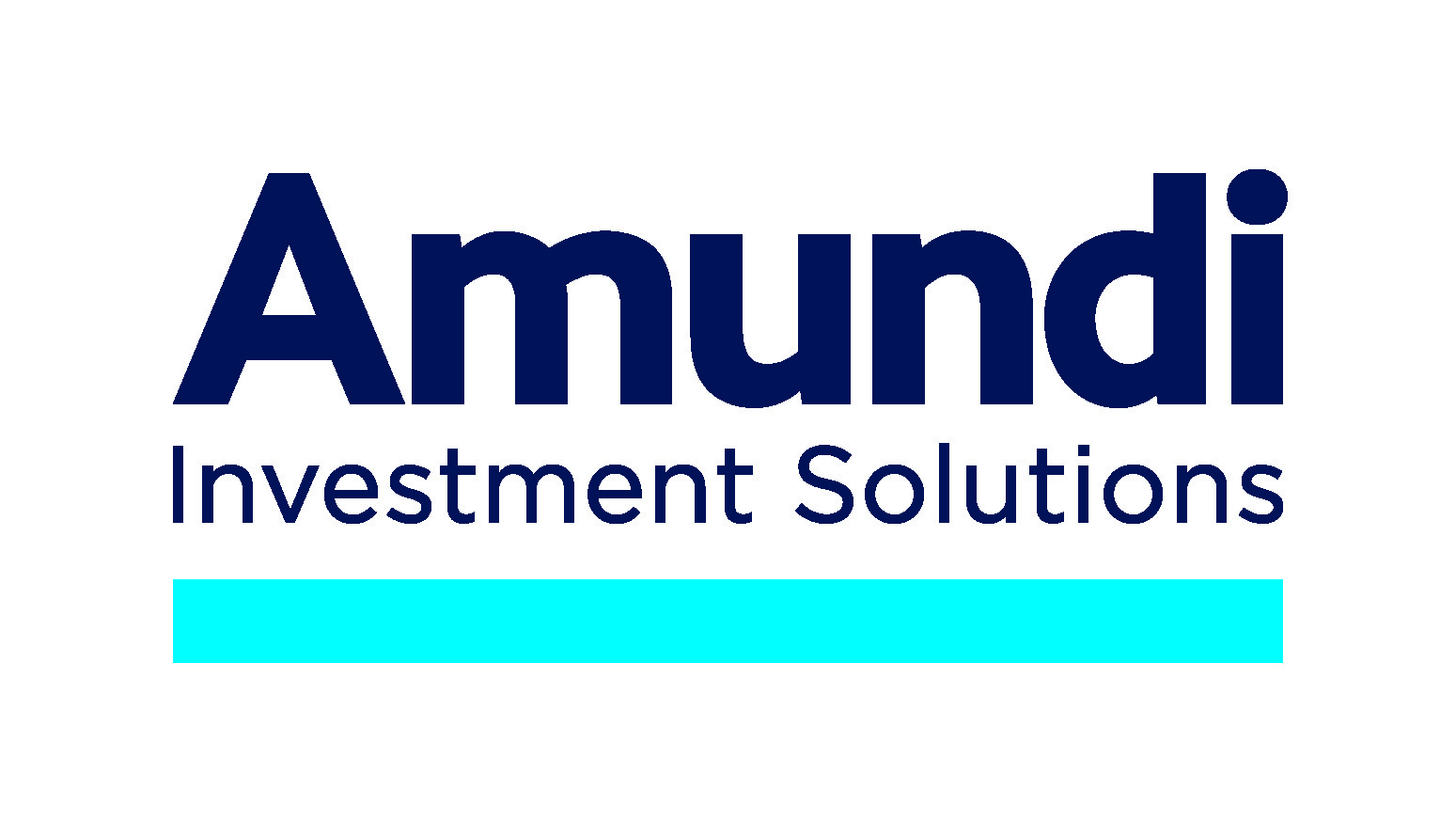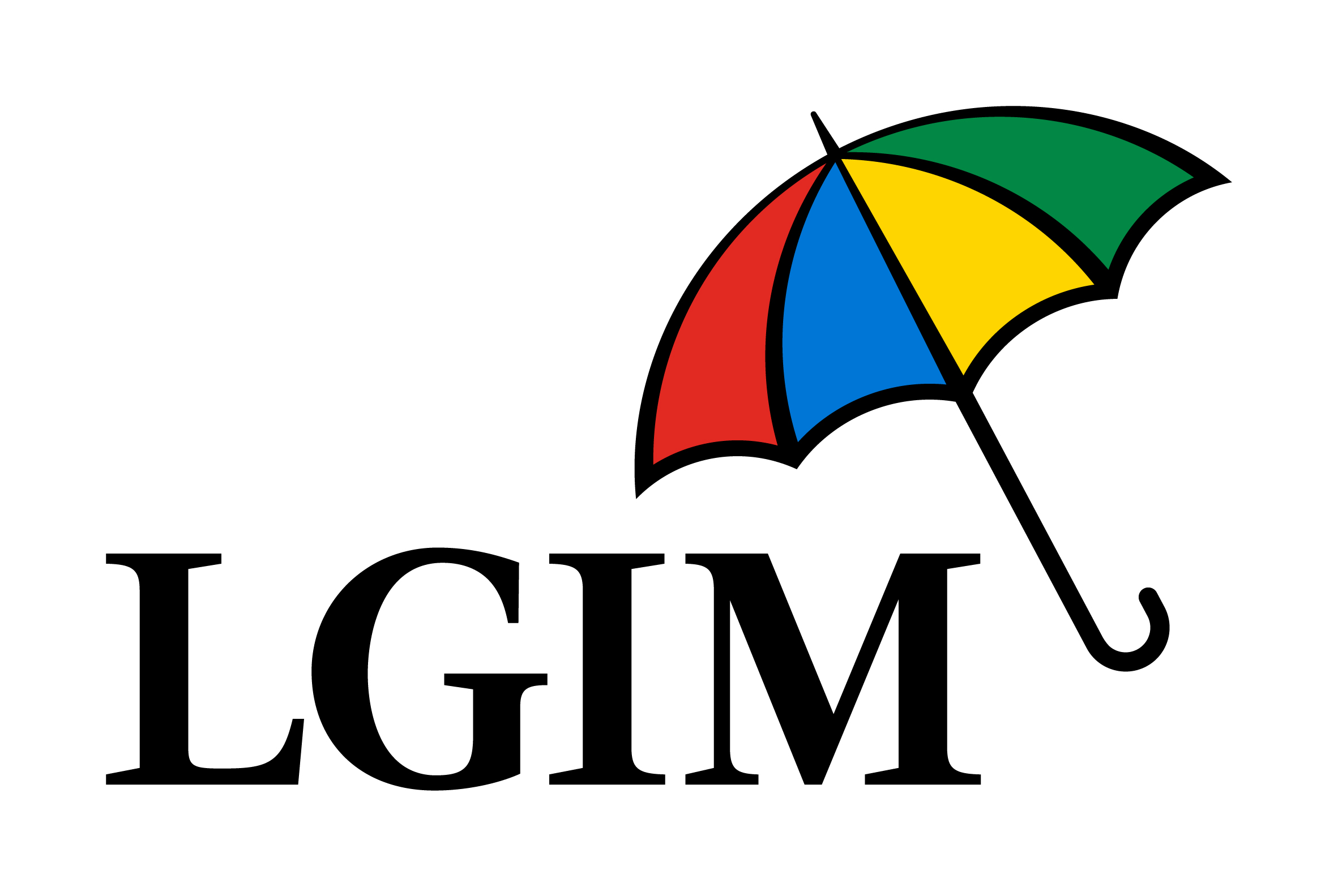Investors piled into core equity ETFs in 2024 alongside equal weight strategies also taking centre stage, while the year marked the beginning of a decline for ESG ETFs.
The year marked record asset gathering for European exchange-traded products (ETPs), outstripping 2021 - the previous record year - by more than $70bn.
According to data from ETFbook, flows into European ETPs hit $270bn, with equity ETFs comprising the lion’s share as investors piled into core allocations as US equities continued to reign supreme.
The year was characterised by bullish sentiment driven by continued earnings growth in the US, central banks lowering interest rates, while stretched valuations saw investors increasingly favour equal-weight ETFs, while ESG strategies suffered notable outflows.
Core remains king
The iShares Core S&P 500 UCITS (CSPX) captured a staggering $18bn in new assets in 2024, nearly double the inflows garnered by the largest asset gathering ETF of 2023.
CSPX’s inflows also increased nearly four-fold from the previous year, rising from $4.7bn in 2023.
The ETF became the first to reach $100bn in assets under management (AUM) in October last year, just seven months after reaching $75bn AUM.
The SPDR S&P 500 UCITS ETF (SPY5) - which won ETF Of The Year at ETF Stream’s ETF Awards 2024 – saw its assets more than quadruple to $21.8bn following $10bn inflows and strong market performance, following a headline fee cut towards the end of 2023.
The iShares Core MSCI World UCITS ETF (SWDA), 2023’s top asset-gathering ETF, was overtaken by CSPX, securing second place with $15.4bn in net new assets.
However, this was still a significant increase from the $9.4bn in net new assets it garnered the previous year.
Overnight rate remains in vogue
Still elevated interest rates prompted investors to flock to the Xtrackers EUR Overnight Rate Swap UCITS ETF (XEON) in 2024, raking in $8.7bn across the year.
This is the second year the XEON has been among the highest asset gathering ETFs, pulling in $3.6bn in 2023. XEON hit €10bn AUM in August last year – with $921m inflows in three weeks to 20 August - as flows surged during 18 months of higher interest rates.
Additionally, XEON has more than doubled in assets since the start of 2024.
Despite central bank commencing rate cuts through 2024, XEON remained popular, with most of the attention coming from German retail investors on digital platforms.
BlackRock also entered the fray in November by unveiling the iShares € Cash UCITS ETF (YCSH), an actively managed euro cash strategy.
Overconcentration worries remain
Equal weight ETFs also topped the inflows charts as investors continued to be wary of overconcentration risks in mainstream benchmarks.
Namely, the Xtrackers S&P 500 Equal Weight UCITS ETF (XDEW) saw $7.2bn inflows across 2024, according to data from ETFbook and pulled in $750m of net new assets in September alone.
The spike in inflows comes against a backdrop of the ‘magnificent seven’ large cap names comprising an increasingly large portion of the S&P 500 index, with concerns tied to the ability of tech focused names to continue beating earnings as they have done for the past 24 months.
The Xtrackers S&P 500 Equal Weight ESG UCITS ETF (XZEW) pulled in $3.1bn across the year, while the iShares S&P 500 Equal Weight UCITS ETF (ISPE) amassed $2.2bn net new assets.
While equal weight ETFs were exceedingly popular, a contrasting strategy also captured the attention of investors. A tech focused ETF - the iShares S&P 500 Information Technology Sector UCITS ETF (IUIT) - followed closely behind XZEW, pulling in $3bn net new assets as investors sought tactical allocations to a sector buoyed by AI momentum.
ESG struggles
A Morningstar report published in April highlighted early signs of challenges for ESG ETFs as inflows for the asset class plummeted by 49% quarter-on-quarter in Q1, with investors increasingly opting for vanilla US and global developed market exposures.
Regulatory change, product complexity and greenwashing concerns have been associated with the asset class’s poor asset gathering this year.
The Amundi MSCI USA SRI Climate Net Zero Ambition PAB UCITS ETF (WEBD) saw $4.7bn net outflows across 2024, the most of any European listed ETF.
The iShares MSCI USA SRI UCITS ETF (SUAS) followed suit with $4.5bn outflows while the L&G US ESG Exclusions Paris Aligned UCITS ETF (RIUS) bled $2bn.
Gold dips
Following gold’s rally in early 2024 - underpinned by expectations of the Federal Reserve lowering interest rates and a weaker US dollar - gold ETPs experienced significant outflows last year as investors took profits.
Contrasting Eastern markets, Western markets have seen “very weak demand” for the precious metal, Krishan Gopaul, EMEA senior analyst at the World Gold Council previously told ETF Stream.
Some respite was seen in October when quarterly gold ETP flows turned positive for the first time since Q1 2020, though this was at a global level.
The Xetra Gold ETC (4GLD) saw $2.4bn outflows last year, while the Invesco Physical Gold ETC (SGLS) shed $2bn and the Xtrackers Physical Gold ETC (XAD5) saw $972m outflows across the year.









